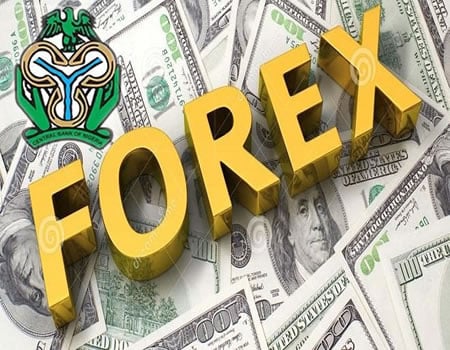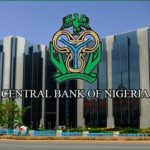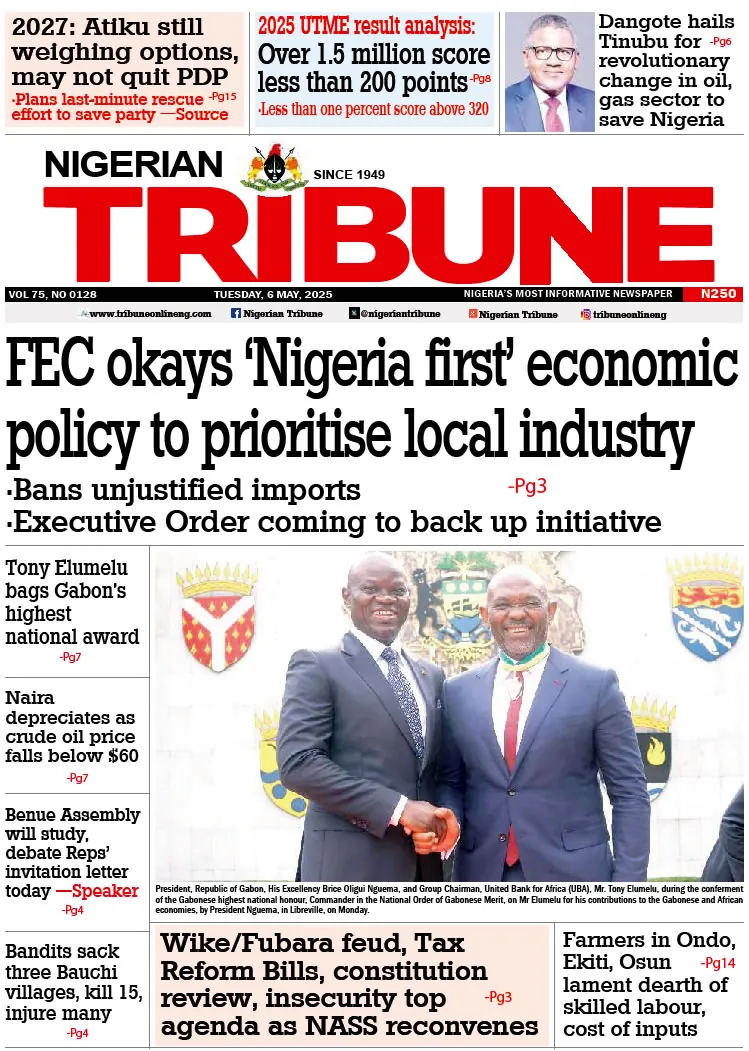A composite PMI above 50 points shows that the manufacturing and non-manufacturing economy is generally expanding, with 50 points indicating no change and below 50 points showing a general contraction.
Meanwhile, Nigeria’s foreign exchange reserves stood at a two and a half-year high of $31.59 billion as of August18, according to the central bank.
At this level, Nigeria’s dollar reserves have climbed back to a level they last reached in January 2015, the data showed, shortly before general elections in Africa’s biggest economy.
The bank did not provide a reason for the increase in reserves.
The country’s assets, largely shunned by foreign investors over the past three years, have attracted significant amounts of capital after the central bank in April liberalised the exchange rate for investors.
Nigeria’s forex buffer stood at $25.73 billion, up 20.77 per cent from a year ago, but is still far off a peak of $64 billion hit in August 2008.





